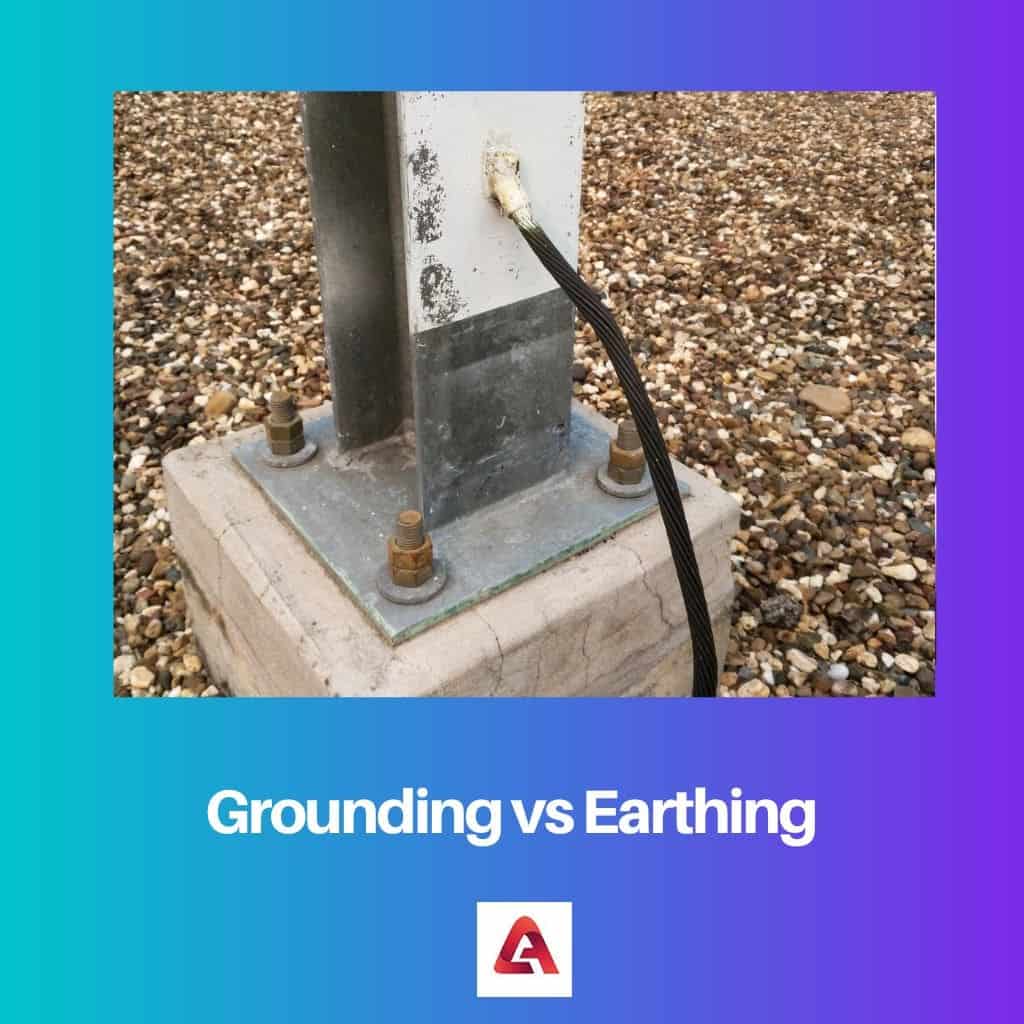Grounding can help reduce inflammation, improve sleep, and provide other health benefits by balancing the body’s electrical charge. Earthing is a concept that involves reconnecting with the earth and cultivating gratitude and appreciation, leading to greater health and well-being.
Key Takeaways
- Grounding refers to connecting an electrical system or equipment to the earth, providing a path for fault currents and stabilizing voltage levels.
- Earthing connects a non-current-carrying metal part of an electrical system to the earth, ensuring safety from electrical faults.
- Both grounding and earthing are crucial for electrical safety, with grounding protecting the system and earthing safeguarding people and property.

What is Grounding?
Grounding connects an electrical system to the earth to ensure that the electrical system has the same potential as the earth and provides a reference point for current flow. It is also precautionary since it protects persons and property from electric shock.
The electrical system is grounded by connecting it to a grounding rod or ground plate pushed into the soil. In most cases, the connection is made using a wire linked to the electrical system and subsequently to the ground plate or rod. Grounding is a reference point for the electrical system, allowing it to function correctly and efficiently.
Grounding also protects electrical systems from overvoltage, which can occur due to a power surge or a lightning strike. Excess voltage is safely dissipated by providing a conduit for electricity to flow into the ground, protecting the electrical system from damage.
Electrostatic discharge, which can occur when two electrical systems come into touch, can be mitigated by grounding.
What is Earthing?
Earthing connects electrical equipment or systems to the ground to ensure they have the same electrical potential. It is done by connecting a wire between the equipment and a grounding rod or other suitable grounding device.
The grounding rod is buried in the ground. It provides a low-resistance path for electricity to flow to the ground helping protect people and equipment from electric shock and other electrical hazards.
The purpose of earthing is to provide a safe path for electrical current to flow to the ground if a fault prevents the current from passing through people or other equipment, which could result in electric shock or damage to the equipment.
Earthing also helps reduce the risk of electric shock by providing a path for electricity to flow to the ground rather than through people or equipment. The most common way to earth electrical equipment is to use a copper or galvanized steel grounding rod.
Difference Between Grounding and Earthing
- Earthing protects living beings from electric shocks while grounding protects the entire power system from malfunctioning.
- For grounding, black wire is used, and the wire is used for earthing the green color.
- The grounding balanced the unbalanced load, whereas the earthing protected the equipment and human from an electrical shock.
- The equipment is not physically connected to the ground in grounding, and the current is not zero on the ground. In contrast, the system is physically connected to the ground and has zero earthing potential.
- The grounding is classified into three types, whereas Earthing can be done in five ways.
Comparison Between Grounding and Earthing
| Parameters of Comparison | Grounding | Earthing |
|---|---|---|
| Definition | The current carrying part connected to the ground is called Grounding. | In Earthing, the body of the equipment is connected to the ground. |
| Used for | Grounding is used for unbalancing when the electric system overloads. | Earthing is used to avoid electric shocks. |
| The color of the wire used. | The color of the wire used is Black in grounding. | The color of the wire used is Green in Earthing. |
| Located | It is located under the earth pit. | It is located between the neutral equipment being used and the ground. |
| Zero potential | Grounding does not have zero potential. | Earthing has zero potential. |
- Earthing: Health Implications of Reconnecting the Human Body to the Earth’s Surface Electrons (hindawi.com)
- Analysis of transferred Earth potentials in grounding systems: a BEM numerical approach | IEEE Journals & Magazine | IEEE Xplore
